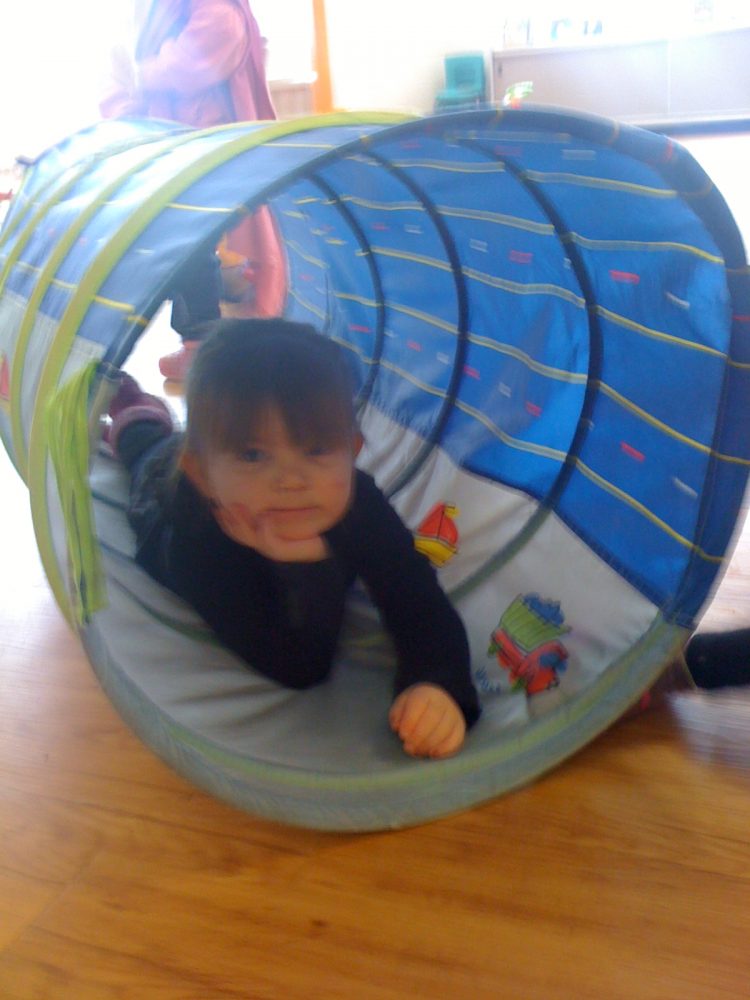Changes in child care over 50 years

Published on VTDigger, January 27, 2019
As The Winston Prouty Center celebrates its 50th year, we have an opportunity to reflect on where we have been and anticipate what the future holds. While we offer much more than child care as an organization, early care and learning is a hot topic right now as people begin to understand the important role child care plays in building thriving communities.
Increasing participation of both parents in the workforce and the recognition that early education supports optimal development have led to an increase of young children participating in center-based and non-relative care over the past 50 years. For instance, in 1965, only 9.5 percent of 3- and 4-year-olds were enrolled in a program, and this grew to 52.4 percent in 2011. Both federal and state-level investment in programs like Head Start and public preK contribute to this growth. In the mid-1960s family-based programs and small nursery schools provided most care. By 1969, multiple for-profit centers had launched, including LaPetite Academy, KinderCare Learning Centers, and Children’s World Learning Centers; the latter two are now part of Knowledge Learning Corp.
Over the years there has also been a change in the type of non-parental care. At home non-relative care (i.e. a nanny) has decreased from 29 percent to 14 percent, while participation in center-based care has grown from 13 percent to 30 percent and remained relatively steady at that level. There are those who bemoan the “good old days” when a mother stayed home, and those who believe that non-parental care has a negative impact on children. Recent research has found that parents spend more time with their children now than they did 50 years ago. Mother’s spend an average of 104 minutes per day on child care activities vs. 54 minutes in 1965, while fathers spend 59 minutes vs. 16 minutes.
Interestingly during times of necessity around economic stimulus, whether combating the Depression with New Deal programs, or encouraging women to enter the workforce during World War II, this perspective diminishes and there is increased advocacy and support for expanding options for child care. Based on some of the foundation built during those times, there was a “Comprehensive Child Development Act of 1971” that was ultimately vetoed by President Richard Nixon.
Since then the patchwork of policies that the government has put forth impact families differently across class. Direct federal support was targeted to families in low-income brackets while indirect support such as tax incentives for employers and tax deductions benefited families in middle- and upper-income brackets. In the 1980s expenditures for direct support decreased, while those benefiting families in the higher income levels doubled. This fragmentation of the child care system makes it difficult for parents and educators to advocate together for change. Because the availability of high quality, affordable child care is an issue that impacts a broad swath of the community, it is important for advocacy to come from many angles, not just families.
We are working to shape a future for child care where families and children have access to a system of care that meets their needs, helping them balance a multi-faceted life and develop to their best potential. We have made great strides, and we still have a long way to go. According to research from Child Care Exchange, one of the primary concerns of CEOs of for-profit child care centers in 1986 was “lack of qualified teachers.” It was the same concern again in 1997. It continues to be a concern for those of us in the market today, regardless of tax status. Let’s hope we are not discussing that same concern in another 50 years. It will take all of us working together across sectors to make it so.
